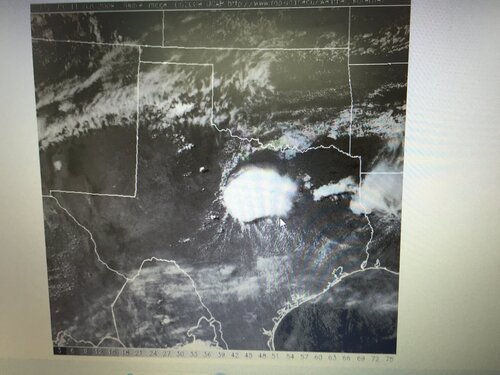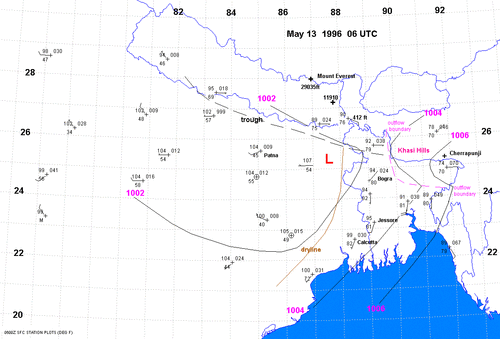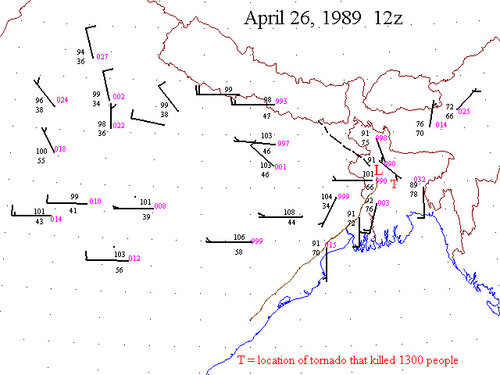ChristofferB
EF2
- Joined
- Aug 27, 2009
- Messages
- 197
Considering the extreme parameters of yesterday and how little it in fact did produce, it made me think about what kind of setup that would create the worst tornadic storm ever. If we would stick within what would be (somewhat) reasonable but on the extreme side of it - what would have to occur to make this Perfect EF-6+ Storm? How would a scenario like that play out? What could cause extremely cold air aloft and bring up 75-80 dew points from the Gulf etc?
One ingredient outside of CAPE, dewpoints and shear I would imagine a super strong cap. Like an "unbreakable" cap that would only break for this one storm just due to the nature of the other extreme forcing parameters. Once broken it would overtake the entire region and swallow all other attempts of storms.
One attempt to look at it would be to look at some "single" superstorms like El Reno, Moore, Joplin etc. and what could have made those storms even stronger.
If you would be Thor (God of Thunder) and create this Perfect Storm. How would you direct the setup?
One ingredient outside of CAPE, dewpoints and shear I would imagine a super strong cap. Like an "unbreakable" cap that would only break for this one storm just due to the nature of the other extreme forcing parameters. Once broken it would overtake the entire region and swallow all other attempts of storms.
One attempt to look at it would be to look at some "single" superstorms like El Reno, Moore, Joplin etc. and what could have made those storms even stronger.
If you would be Thor (God of Thunder) and create this Perfect Storm. How would you direct the setup?



